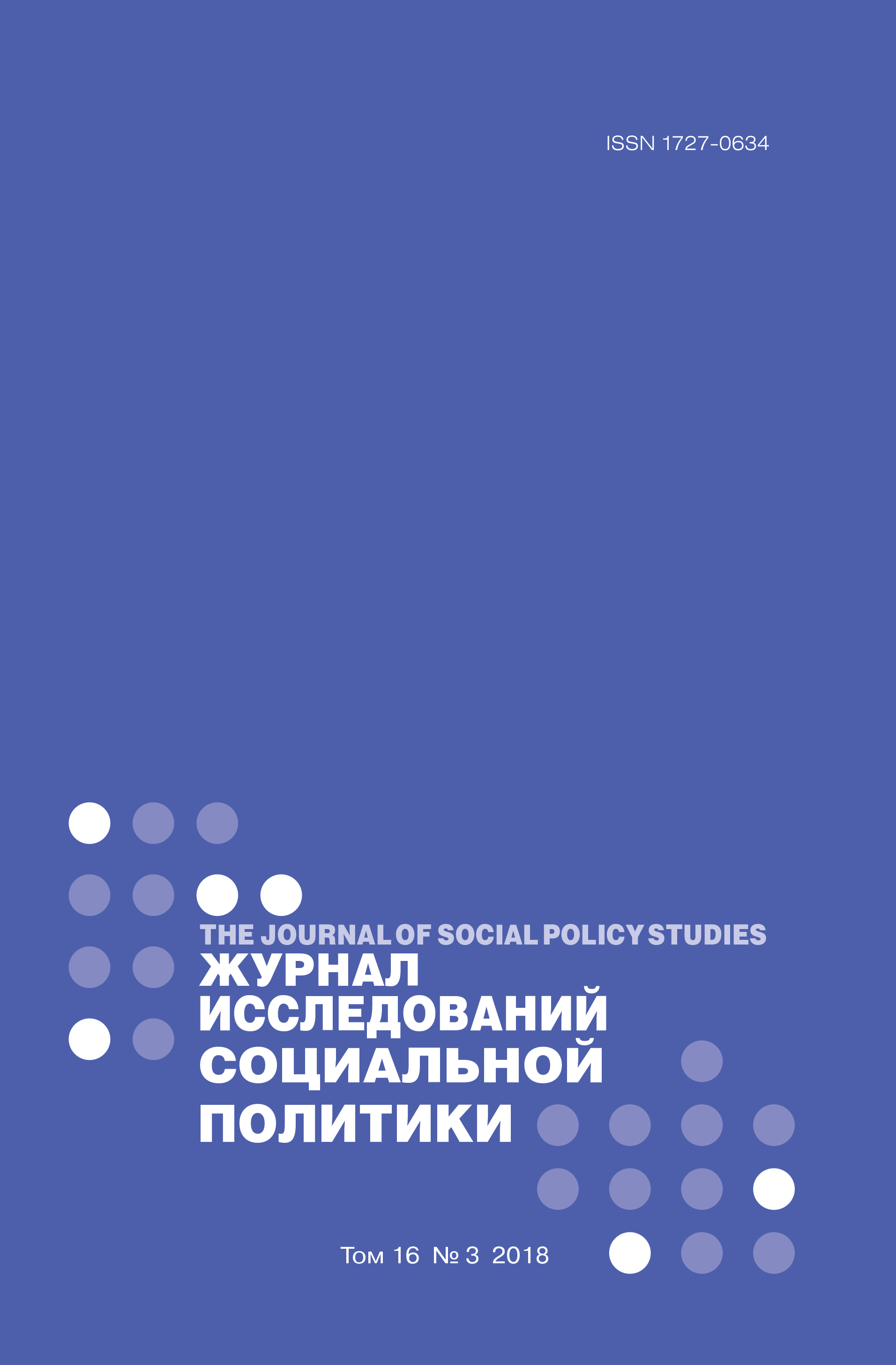#Янебоюсьсказати в повестке украинских и российских СМИ: специфика восприятия инициативы граждан в конфликтной среде масс-медиа
Аннотация
Наталия Александровна Стеблина – кандидат наук по социальным коммуникациям, доцент, кафедра рекламы и связей с общественностью, Одесский национальный университет им. И. И. Мечникова, Одесса, Украина. Электронная почта: steblyna@onu.edu.ua
Хештег #янебоюсьсказати вследствие популярности в социальных сетях стал предметом интереса для масc-медиа Украины и России. Масштабный флешмоб раскрыл проблемы агрессии против женщин, нарушения их прав и скрытый гендерный конфликт. Анализ восприятия этой акции в СМИ дает возможность проследить специфику формирования медиа-события. На основе анализа делаются выводы об особенностях отражения в СМИ инициатив граждан в эпоху новых медиа. Хотя исследования показывают, что масc-медиа по-прежнему зависимы от традиционных («авторитетных») источников информации, флешмоб #янебоюсьсказати, напротив, стал примером вовлечения в повестку СМИ мнения обычных людей, которые заявили о существовании замалчиваемой проблемы. Для выявления специфики подачи подобного материала, проведен анализ основных фреймов, которые использовали наиболее популярные масс-медиа Украины и России. Выделены и исследованы два основных фрейма: фрейм конфликта и фрейм ответственности. Они направлены не столько на решение проблемы насилия в отношении женщин, которая обсуждалась в социальных сетях, сколько на интерпретацию самого флешмоба, его целей и возможных угроз для участников и для общества. В процессе освещения флешмоба #янебоюсьсказати в масс-медиа редко упоминалась необходимость решения проблемы насилия на законодательном уровне. Напротив, СМИ цитировали публикации пользователей соцсетей для привлечения внимания к своим материалам. Наряду с этим публиковались истории знаменитостей, мнения экспертов. Также зафиксированы попытки противопоставить участников дискуссии друг другу. В СМИ делались прогнозы о всплесках насилия, которые могут быть вызваны флешмобом, а сама акция интерпретировалась как повод для подозрений: инициаторов обвиняли в попытках отвлечь общественность от более серьезных тем, например, войны на Востоке Украины. В результате такой подачи информации СМИ скорее заняли пассивную роль, не воспринимая инициативы пользователей социальных сетей всерьез и не предлагая механизмов решения проблем, которые были ими подняты.















